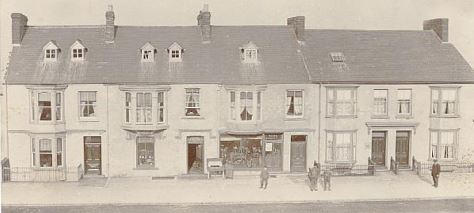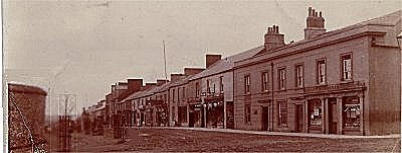
Public Places - Wells & the Dockyard gates.
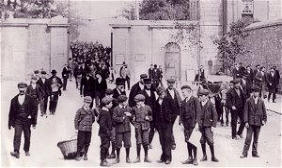
Wells and springs were among the town's first meeting points. As in Biblical times, "every house had
its water pitchers and yolk for carrying them across the shoulders. It was a recognized job for the
men and boys to fetch water after tea ... Many a fight and many a yarn have taken place at these
old wells".
The Dockyard Gates, through which the growing labour force passed daily, offered another
obvious gathering place. Here, workers might unwind with a game of marbles or "lead birds".
More primitively, disputes might be settled here after work with a vigorous fist fight.
The gates were also an obvious place for public announcements. These might be as portentous as
High Sheriff John Adams' proclamation of Queen Victoria (1837), or as mundane as a sandwich
board lad advertising the Pembrokeshire Permanent Building Society, later in the nineteenth
century.
A number of other places became accepted spots for strolling, meeting friends, general
socialising and more official gatherings.
(
Sources
: Mason 78; Reynolds, Reminiscences; Mason,113, 88; Williams, J.R.;)
Picture by courtesy of Pembroke Dock Museum Trust.
Public Places - Bethany Square
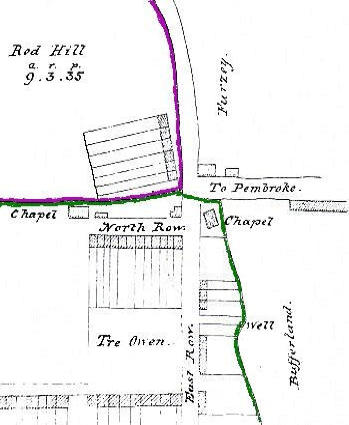
Bethany Square, c.1840, with the first Wesley and Bethany chapels. The
corner of today's Barrack Hill was then "Red Hill", and the "Furzy"
covered today's Belle Vue Terrace.
In early times and later", Mason recounts, Bethany Square was "one of the important places of the
town, and was the centre where the youth of the place met of an evening to see and talk about what
was passing". There were many attractions, with shops and public houses on the square or nearby. The
first Bethany chapel was built there in 1818, and the first Wesley chapel was a short walk away (The
Meyrick family, churchgoing landowners of the main town, did not welcome chapels. Sir John Owen of
Orielton was more tolerant of chapels on his land). Mr Richard Tregenna, prominent in Wesleyan and
temperance circles, lived at the top of the hill still bearing his name. His comparatively small hall was
a schoolroom, and the town's first venue for public meetings. Another school apparently occupied what
is now the Caledonian. Meetings in the hall, Dockyard workers taking a break after walking up the hill,
chapel goers and shoppers would make Bethany corner a lively place.
t was also, in the 1830s, the scene for a demonstration of deep public anger. Customs men had
ambushed the Truscott family, local smugglers. They shot Truscott's son dead, as the boy tried to swim
to freedom. When the killer and other revenue officers were marched from Pembroke Dock to
Pembroke Town Hall for trial, they "had to be escorted ... by a strong body of marines. Thousands of
people lined the way - especially Bethany Square - hooting at them, and from behind hedges and
courts of cottages, stones were thrown... " The customs man was acquitted, but "to allay public
feeling" he was quickly posted elsewhere.
(
Sources
: Mason 66-8; Armstrong, Street name ...)
Picture by courtesy of Pembrokeshire Record Office.
Public Places - Commercial Row
|
|
|
|
Moore's chemist's shop (on the corner, now closed)
dates back to 1825.
Commercial Row was another popular venue. The bar parlour of the King's Arms - now the Shipwright - was the venue for "the elite" in the early and
mid nineteenth century. A gate in the Dockyard wall near the King's Arms allowed Marines from HMS Dragon easy access to Commercial Row. Off duty,
they might have enjoyed a drink in the public bar. On duty, their drum and fife band "proved a great attraction to the people. Every evening an hour
before the last bugle call, the bandsmen marched up to the corner near Moore's chemist's shop, and remained there and played several tunes,
afterwards marching back to the barracks in time for the Last Post".
"The people promenaded to and fro on the footpath adjacent to the Dockyard wall, from the Marine Gate to the upper corner of the Market House,
before, during and after the band's performances. In fact, it was the town's meeting place, especially for the young, whose taste in dressing would
favourably compare with any gathering of the present time; besides, the uniform of the Marines, mixing with the young people, brightened the
spectacle".
After the Marines moved to the Defensible Barracks in 1845 they still provided music while marching to and from sentry duty in the Dockyard. Later
army bands gave regular concerts on the Barrack Hill. Commercial Row, with its fine shops and entrance to the Dockyard Chapel, remained popular -
particularly with groups of young strollers.

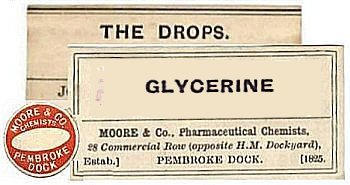
Public Places - Albion Square
|
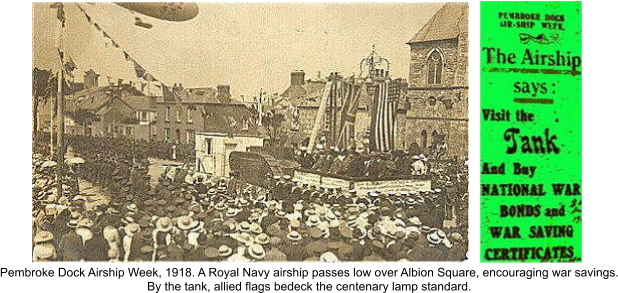
Around the corner from Commercial Row, Albion Square developed, towards the end of the nineteenth century, into a focus for more formal events. On the
east side - today's car park - was Albion House, built in the 1820s and soon a draper's ,"the leading shop of the town". On the north, after 1867, was the
imposing Congregationalist chapel. Next door, the old Tabernacle chapel became a public hall and Salvation Army H.Q. On the south, Albion Square school
appeared after 1876 and the Co-op (now flats) in 1893. The square was a thoroughfare for shoppers passing from the market and Commercial Row to Bush
Street, and to and from the Dockyard for workers and military parades. With shoppers, school children, chapel goers, and Dockyard traffic, this became a
place of much coming and going.
Here, in 1901, Mayor Angus McColl proclaimed King Edward VII. Albion Square, by 1914, was considered the right place to celebrate the town's hundredth
birthday. Here, a huge and colourful procession ended its progress through the streets, and here was unveiled the centenary monument - an elegant gas light
standard, worthily restored in 2003. This was the place for World War I patriotic rallies. In RAF days, the monument was an accepted saluting base for air force
parades and civic processions.
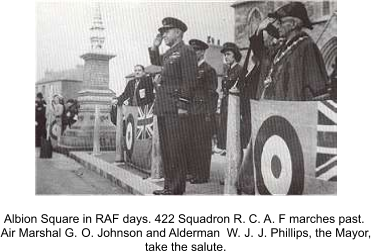




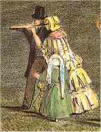
The Barrack Hill has long been a place for sports and general recreation. Here, a Victorian
family looks down on the Dockyard.
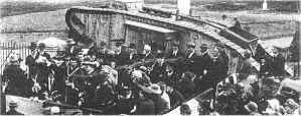
The park was opened in 1925, a memorial to the Pembroke
Dock men who gave their lives in world war 1. A tank
(above) was preserved there for some years.
Pictures by courtesy of: family on Hill, Pembrokeshire County Libraries - tank in Park, Mr R. Ridley.
Public Places - Open spaces - the Barrack Hill and the Memorial Park.

TOP
HOME
(Amendment, updates and additions) (AJ) Anndra Johnstone
This site is designed, published and hosted by CatsWebCom Community Services © 2018 part of Pembroke Dock Web Project

